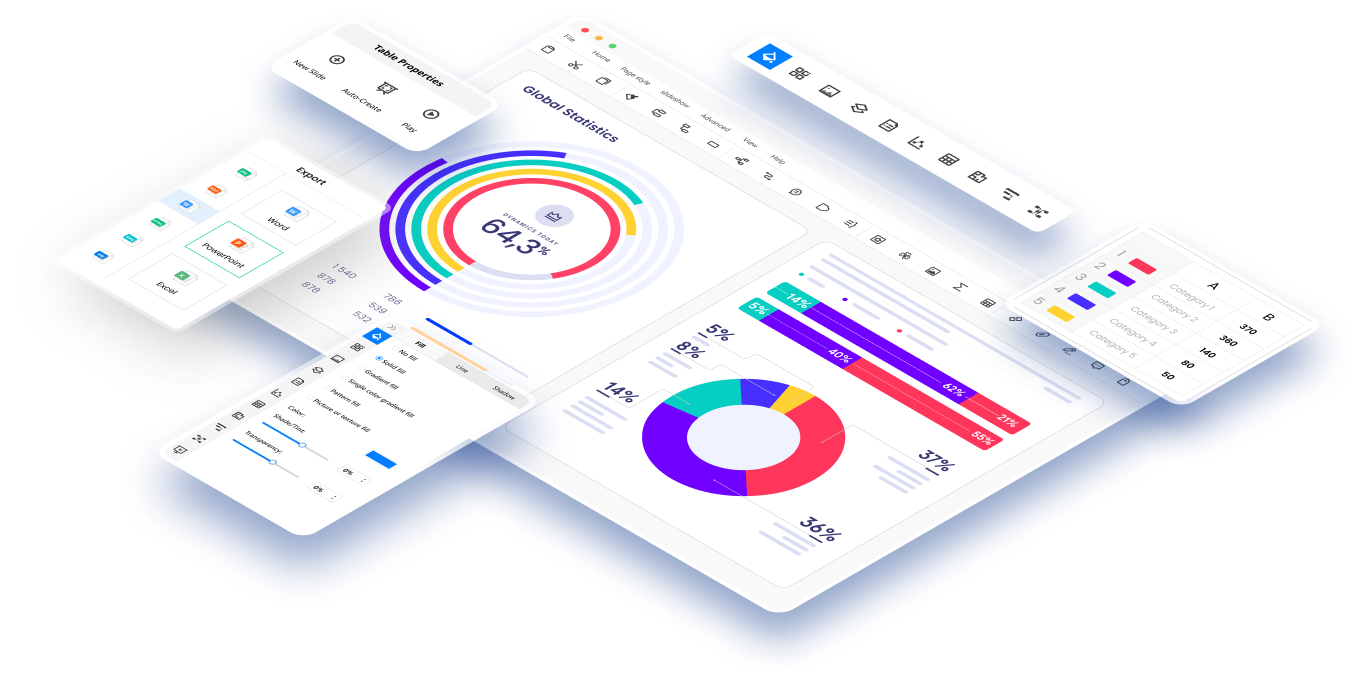In the thrilling arena of modern business, the mastering risk is the key to triumph. Enterprise risk management (ERM) is a crucial process for companies to identify, assess, and prepare for risks. This comprehensive guide explains what an ERM framework entails, its key components like risk identification and risk appetite, and the benefits of implementing one.
We'll provide actionable steps for developing an effective enterprise risk management system to safeguard your organization against uncertainty. With the right framework, your company can strategically manage risks and opportunities for sustainable growth.
In this article
Part 1. Risk Assessment: What is Enterprise Risk Management
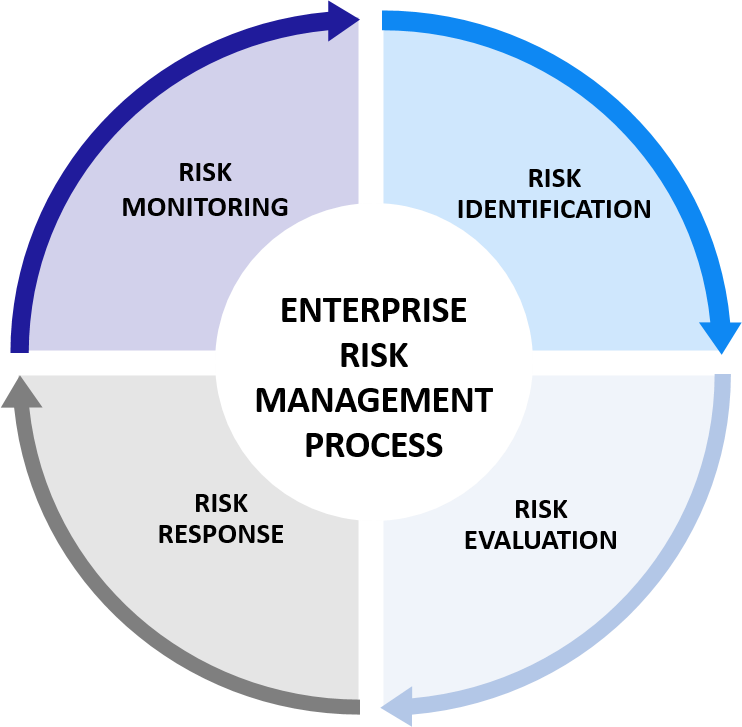
Think of enterprise risk management as your business' crystal ball. By looking at risks holistically across your entire company, ERM lets you peek into the future to spot potential obstacles and opportunities. It's about planning for the known unknowns. An effective ERM framework is your roadmap, helping guide decisions to reach your goals despite the twists and turns. With proactive and integrated risk management, your business is ready to capitalize on upside potential and provide stability when crises strike.
Part 2. Business Continuity: Key Components of Enterprise Risk Management Framework
Implementing an effective enterprise risk management framework requires bringing several key components together:
- Risk identification - Pinpointing exposures related to strategy, operations, compliance, finance, and more through techniques like risk inventories, audits, and scenario analysis.
- Risk assessment - Evaluating the likelihood and potential impact of identified risks using both quantitative and qualitative methods.
- Risk mitigation - Developing action plans to reduce risk likelihood or impact, including risk avoidance, control enhancements, insurance, hedging, etc.
- Risk monitoring - Tracking identified risks over time and identifying new risks continuously.
With these core elements in place, organizations can implement a robust ERM framework tailored to their specific risk profile and goals.
Part 3. Defining Risk Criteria: Steps in the Enterprise Risk Management Process
Implementing an effective enterprise risk management (ERM) process involves following these key steps:
- Establish context - Align ERM with organizational objectives and define risk assessment scope, criteria, and parameters.
- Identify risks - Use top-down and bottom-up approaches to pinpoint key risks across the enterprise.
- Analyze risks - Estimate the likelihood and potential impact of each risk using qualitative and quantitative methods.
- Evaluate risks - Compare estimated risk levels with established risk tolerance to determine priority.
- Treat risks - Select and implement cost-effective strategies to mitigate unacceptable risks.
- Monitor risks - Track identified risks over time, identify new risks and update ERM strategies accordingly.
- Report and communicate - Share appropriate ERM information with leadership and external stakeholders.
Following this robust process ensures your ERM program provides maximum value and protection.
The most effective enterprise risk management strategy takes a forward-looking, collaborative approach to managing risks across the organization. Rather than siloed perspectives, it leverages input from all levels and functions to identify risks in relation to the company's strategic objectives.
Both quantitative and qualitative data are used to evaluate each risk's likelihood, potential impact, and interdependencies in order to focus resources on the highest priorities.
Part 4. Risk Assessment Tool: Creating an Enterprise Risk Management Diagram Using EdrawMax
In the dynamic world of enterprise, visualizing your risk management strategy is akin to charting a course through turbulent waters. Creating an Enterprise Risk Management (ERM) diagram using EdrawMax emerges as a beacon of clarity amidst potential uncertainties. This powerful tool not only transforms complex data into a visually intuitive map but also serves as a strategic compass.
EdrawMax's arsenal of features and an extensive library of templates and symbols caters to diverse industries, providing a canvas that resonates with your specific business landscape. With drag-and-drop simplicity, you can seamlessly add, arrange, and connect elements, breathing life into your risk management strategy.
Additionally, EdrawMax's collaborative capabilities foster real-time teamwork, enabling stakeholders to contribute and refine the ERM diagram, ensuring that every perspective is accounted for.
Here are the steps to create an enterprise risk management diagram using EdrawMax:
Step 1: Open the EdrawMax software on your computer and select the option to create a new diagram. Alternatively, navigate to the template library and choose the pre-designed ERM template.
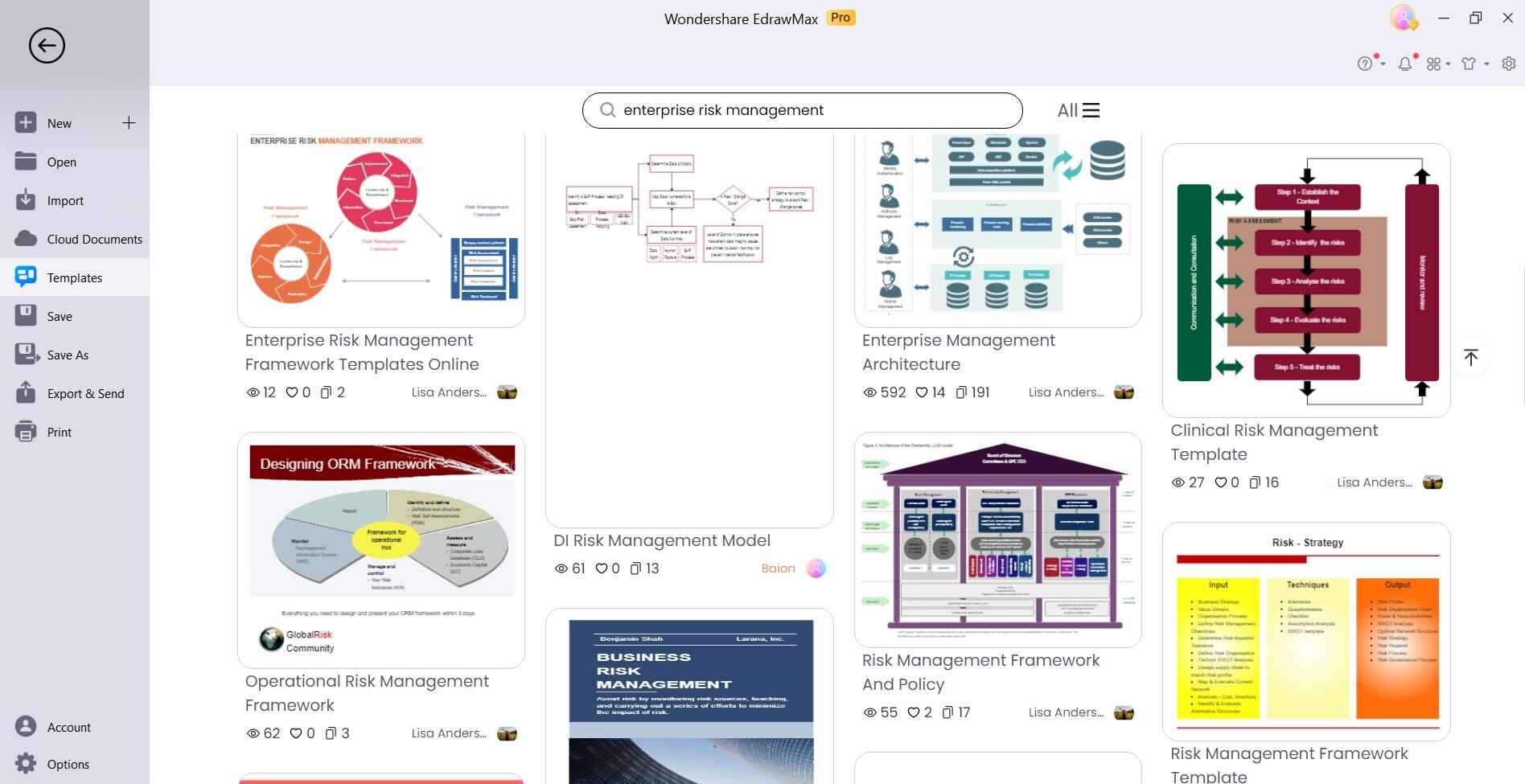
Step 2: Drag and drop relevant shapes, symbols, and icons onto the canvas to represent various components of your risk management framework. These may include risk categories, assessments, controls, and response plans.

Step 3: Use connectors or lines to establish relationships between different elements.
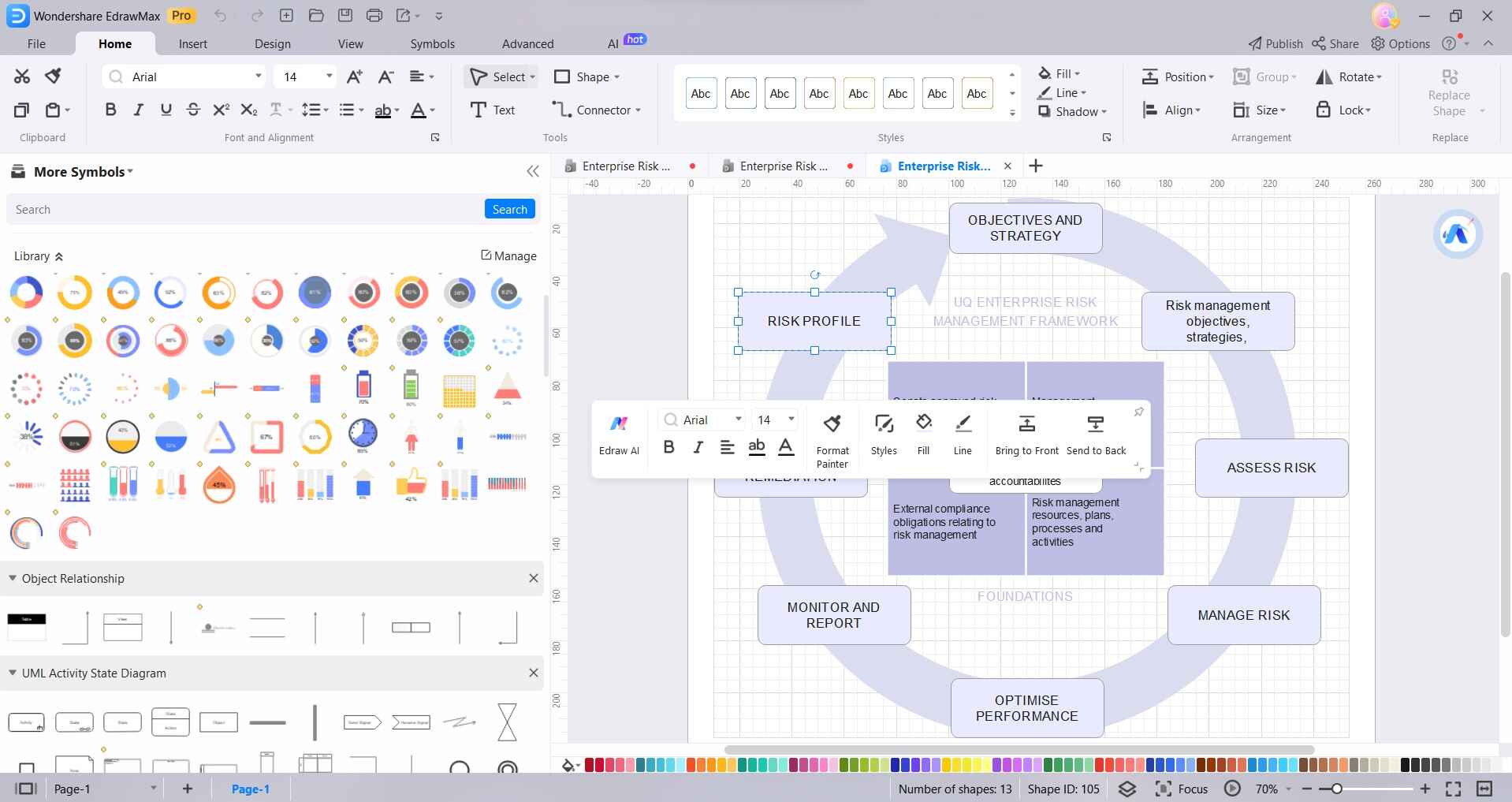
Step 4: Click on the text or element you want to customize. This will activate the formatting options in the toolbar at the top of the screen.
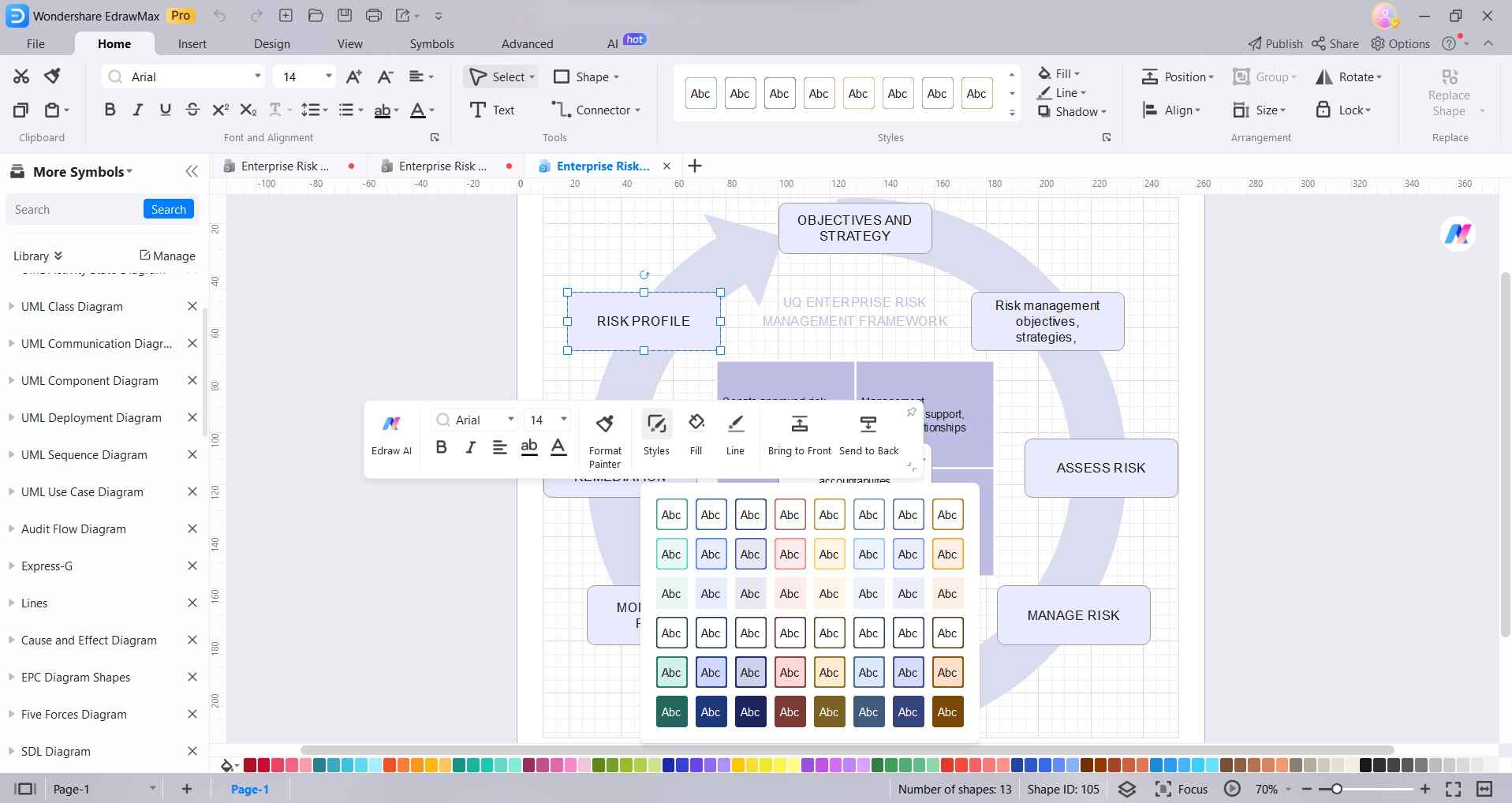
Step 5: Make any necessary adjustments to ensure accuracy and coherence. Once satisfied with the diagram, save it in your preferred format (e.g., .pdf, .png, .jpeg) for easy sharing and future reference.
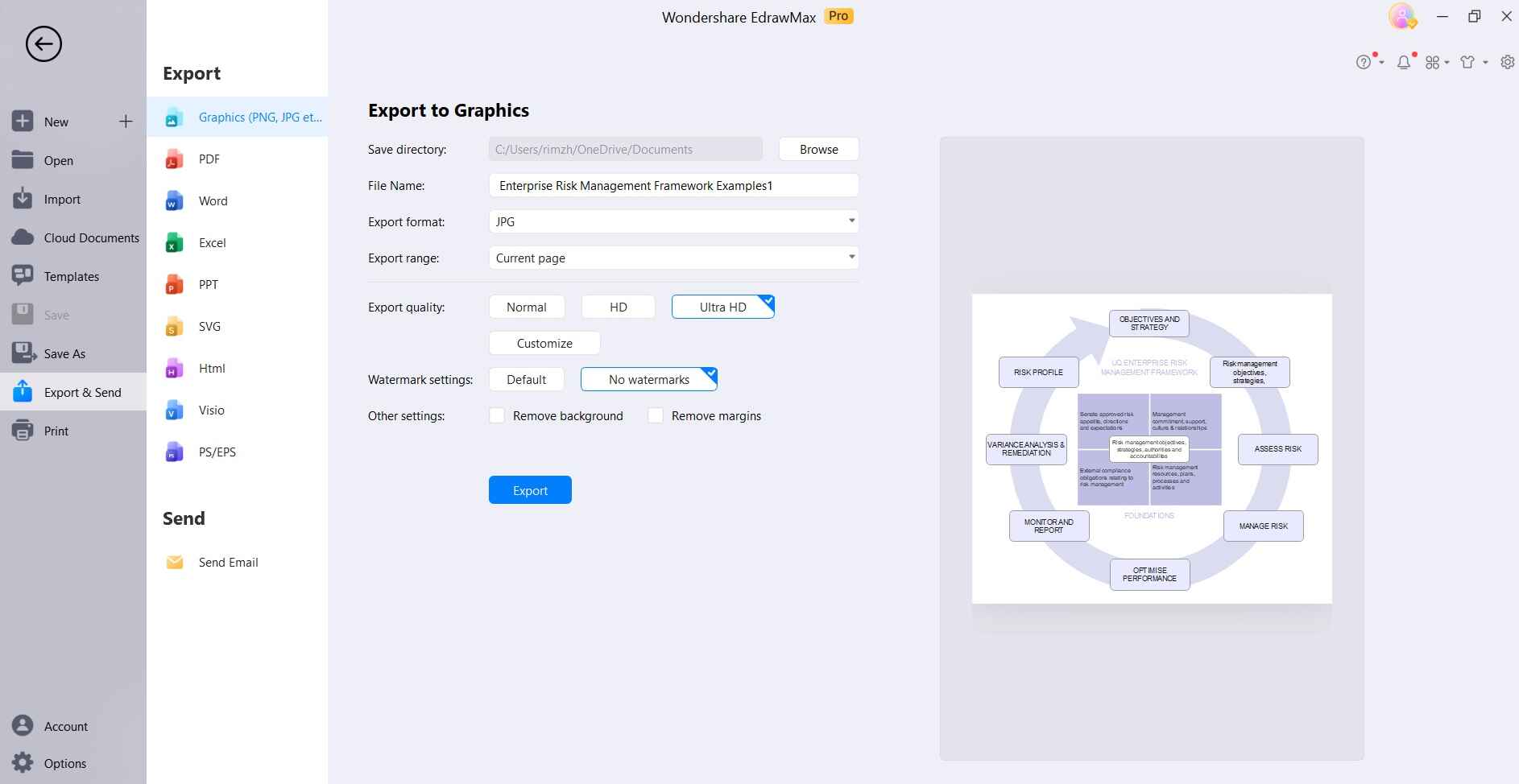
Conclusion
To wrap up, this guide provides essential strategies for managing risks in business. It walks you through the process step by step, helping you protect your operations and stay strong in uncertain times. Using tools like EdrawMax for visualizing risk plans adds an extra layer of clarity. With this knowledge, you can confidently steer your business through any challenges that come your way.

